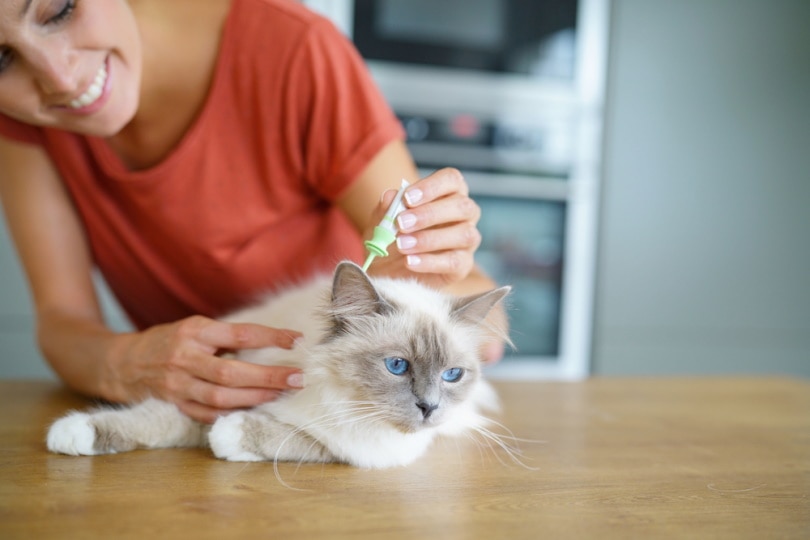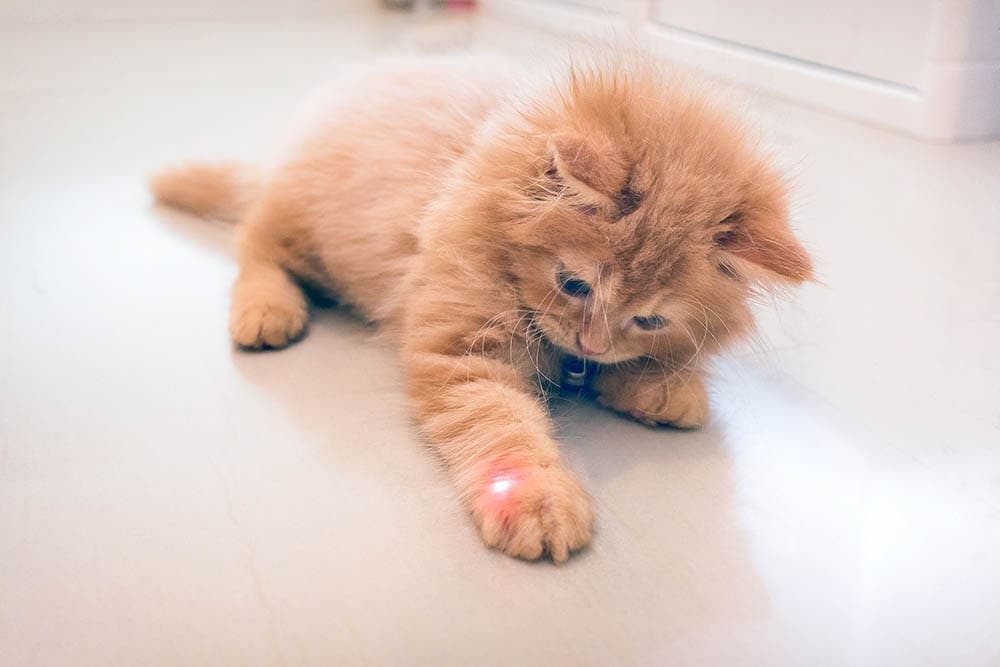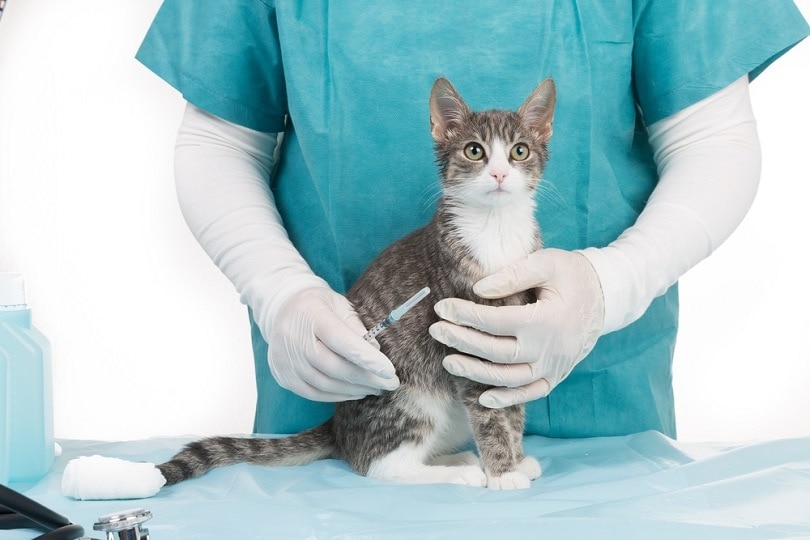7 Health Benefits of a Cat’s Purr: Vet-Reviewed Facts & FAQ
Updated on
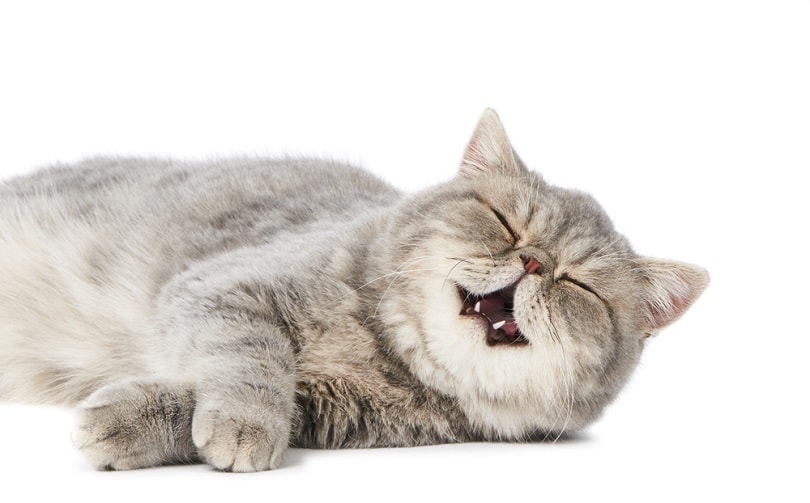
Few things are as enjoyable to cat owners as the sound of their cat purring on their lap. Purring is one of the most unique cat behaviors that’s not well understood, but always appreciated. But did you know that your cat’s purr could also be beneficial to your health?
While more research is needed to understand and confirm many of these benefits, the information we already have supports the fact that owning a purring cat is good for your health. Here are seven health benefits of a cat’s purr, all backed by science.
 The 7 Health Benefits of a Cat’s Purr
The 7 Health Benefits of a Cat’s Purr
1. Decreases Stress
A study from 2009 1 found that owning a cat was associated with reduced stress in day-to-day life. The act of interacting with and petting a purring cat helps their owners calm down and keep their stress levels manageable. Lowered stress helps decrease the risk of certain health conditions, most of them related to the heart.
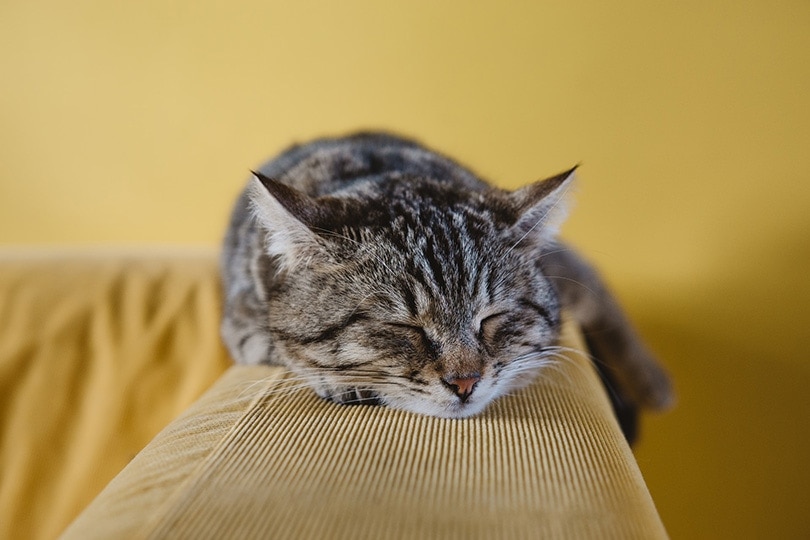
2. Lowers Blood Pressure
That same study found that cats in the home also helped to keep cat owners’ blood pressure lower. Talk about a healing power of a cat’s purr! High blood pressure can lead to many dangerous health concerns, including heart attacks and strokes. Having a purring cat around the house, along with minimizing other risk facts, can lead to lowered blood pressure and better overall health.
3. Decreases the Risk of Heart Attack
The combination of lower blood pressure and lower stress among cat owners led to an overall decreased risk of death from heart attacks, the 2009 study concluded. Even people who weren’t current cat owners, but had at some point in their lives owned a cat, had this decreased risk. Dog owners didn’t show similar levels of protection. The power of the cat and its purr is so relaxing and lowers stress so much that the effects are seen for years.
4. Promotes Bone Healing
Studies have shown that a cat’s purring frequencies can help bones recover faster after injury. The science behind this theory relates to the use of sound and vibrations for treating various human injuries and health conditions. Sound vibrations at 25 and 50 Hertz (Hz) are ideal for bone growth and healing breaks. A study2 found that cats produce strong purr vibrations at exactly those frequencies.
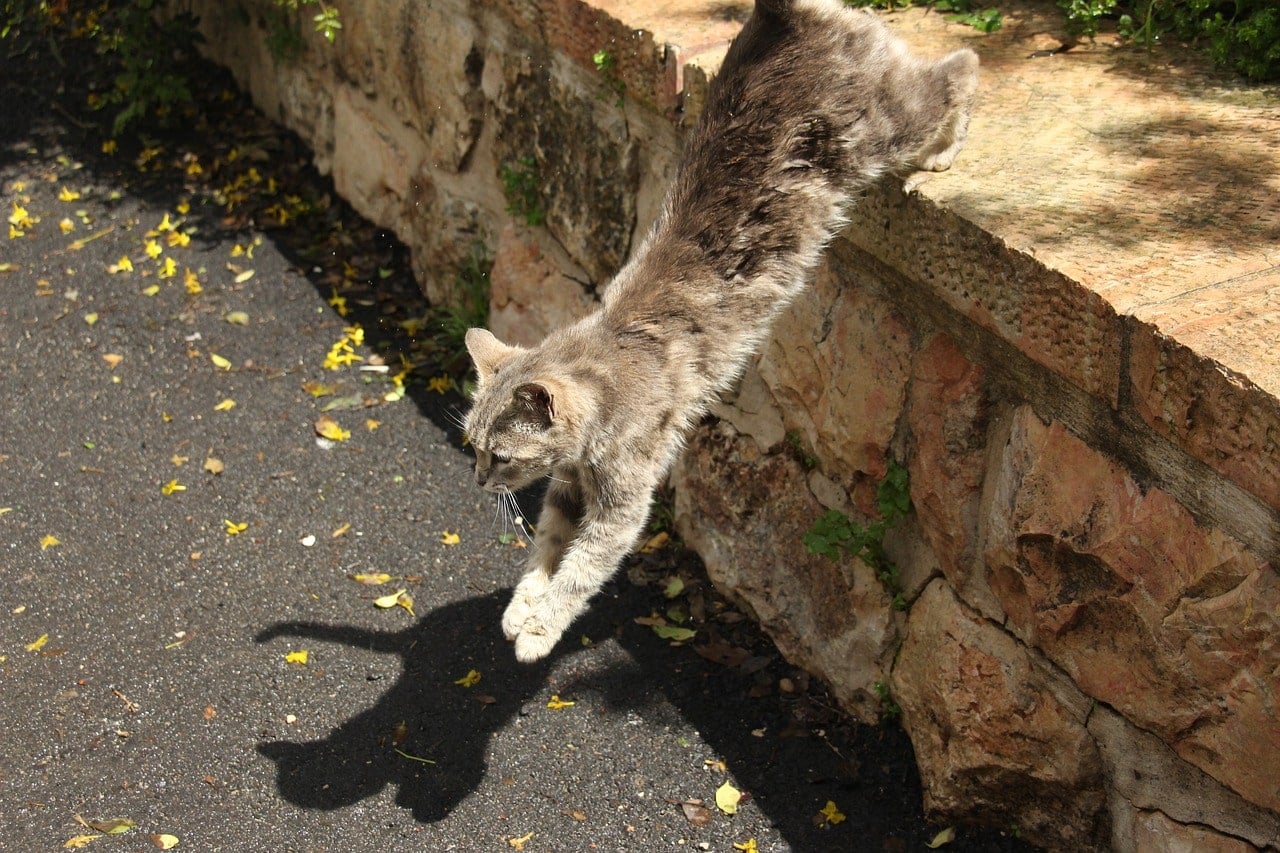
5. Improves Breathing
The same study also found that cats can produce purrs that vibrate at higher frequencies (100 Hz to be precise), which are beneficial for humans who are suffering from dyspnea, or shortness of breath. Veterinary professionals already observed that cats who are having trouble breathing often purr to help themselves breathe more easily. In theory, that same healing power could translate to humans as well.
6. Decreases Pain and Swelling
Sound vibrations of 100 Hz are also used to ease pain and swelling from wounds and other injuries. Sore and strained muscles can also benefit from this sound healing. Letting your purring cat sleep on your legs after an intense gym workout may very well help you feel less sore afterward.
7. Promotes Wound Healing
Last (but certainly not least) on our list of cat purring effects on humans is the promotion of wound healing. Those higher sound vibrations are also used in humans to aid in the healing of wounds. The cat’s purr may be beneficial in this regard due to their ability to produce sound and vibration at 100 Hz. This could help to speed up recovery time and improve comfort as you heal from surgery or other injuries.
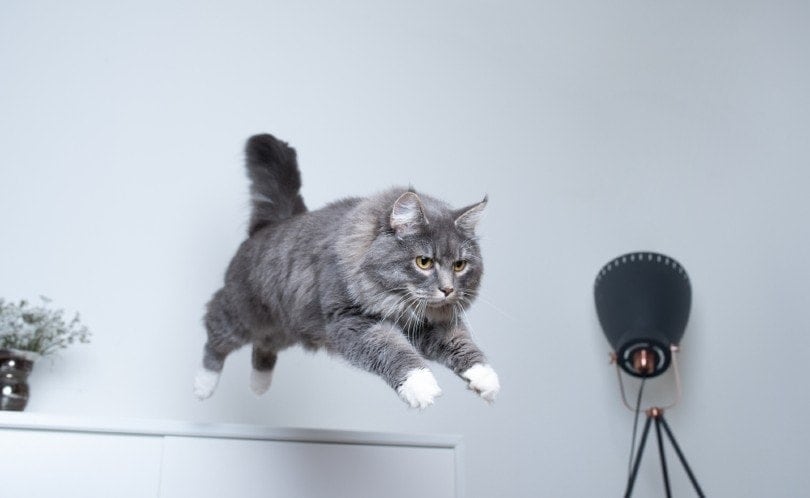
How Do Cats Purr?
So, how is a cat able to produce the soothing, stress-reducing sound of a purr in the first place?
A cat’s purr is regulated subconsciously3 by their brains. A specific part of the cat’s brain sends a rhythmic, repeating signal to the muscles around the cat’s larynx, or voice box.
In response to those signals, the muscles twitch to produce 25-150 vibrations per second. Do those numbers sound familiar? The twitch rate produces the sound and vibration readings that allow the cat’s purr to beneficially impact your health.
Why Do Cats Purr?
Of course, we know cats don’t purr simply because it’s beneficial to their owners’ health. Some other reasons that cats purr include the following:
- They’re happy and relaxed
- They’re hungry or need something from you
- As a way for mothers and kittens to bond
- To better cope with stress or fear
- To improve healing and recovery rates
 Final Thoughts
Final Thoughts
Listening to a cat purr is almost certain to bring a smile to the face of even the most confirmed “dog person.” Science also suggests that the cat’s purr brings healing and health, even if more research is needed to learn how and why this is the case. The next time you curl up with your purring cat, give them a head scratch as thanks for bringing you those extra health benefits to go along with the love, companionship, and joy they already add to your life.
See also:
- Why Does My Cat Yawn So Much? Should I Worry? (Vet Answer)
- What Do Cats Think About Humans? You May Be Surprised
Featured Image Credit: Dmitry Kalinovsky, Shutterstock

 The 7 Health Benefits of a Cat’s Purr
The 7 Health Benefits of a Cat’s Purr